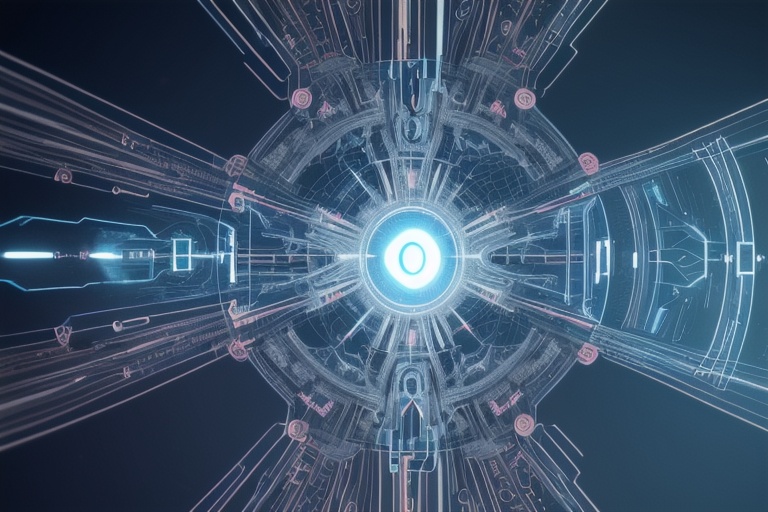The landscape of content creation has been vastly transformed by the advent of artificial intelligence (AI) and its offshoots, such as AI-powered writing tools. While these technological innovations have streamlined the way we generate text, they've given rise to the necessity of AI detectors. AI detectors, or AI content detectors, serve as a technological counterbalance, designed to discern whether a piece of content is the product of human ingenuity or AI generation tools like ChatGPT. This recognition has become particularly important as AI writing tools proliferate, raising concerns about the integrity and authenticity of written materials.
The landscape of content creation has been vastly transformed by the advent of artificial intelligence (AI) and its offshoots, such as AI-powered writing tools. While these technological innovations have streamlined the way we generate text, they've given rise to the necessity of AI detectors. AI detectors, or AI content detectors, serve as a technological counterbalance, designed to discern whether a piece of content is the product of human ingenuity or AI generation tools like ChatGPT. This recognition has become particularly important as AI writing tools proliferate, raising concerns about the integrity and authenticity of written materials.
Understanding AI Detectors
The core purpose of AI detectors lies in their ability to scrutinize texts and uncover the origins of their creation. They use sophisticated language models and perform statistical analyses to establish if content is human or machine-generated. The technology behind AI detectors is constructed on a foundation of linguistic nuances that differentiates AI writing from human writing.
In essence, these detectors parse through the writing and flag signs that are characteristic of AI-generated text. Factors like patterns of word usage, sentence structure, and overall readability are some yardsticks used in this analysis. Key indicators of AI writing include 'perplexity' and 'burstiness.' Perplexity pertains to the unpredictability of word sequences, while burstiness refers to the variation in sentence complexity. In AI-written texts, perplexity is often lower, and burstiness is less varied as the AI strives for consistency and coherency.
Current Reliability and Limitations
Despite their sophisticated design, AI detectors are not failproof. Current models are still evolving and, as a result, are best utilized in conjunction with human oversight. They're tools best used to complement human judgment rather than replace it.
AI writing often exhibits a level of polish and uniformity that can serve as a clue to its origins, but there are always nuances that need human interpretation. The context in which the text is produced and the subtleties of the narrative or argument being presented are such aspects that require a discerning human eye.
Applications Across Industries
Amidst the debates about their reliability, AI detectors have found practical applications across multiple sectors. In the academic sphere, they aid in the detection of AI-assisted plagiarism, ensuring the authenticity of scholarly work. In the publishing industry, AI detectors help maintain the standard and originality of content, preserving the unique voice of authors and journalists. Moreover, in businesses where brand authenticity is crucial, these detectors serve as a safeguard against the dilution of brand voice due to AI-generated content.
As these tools are perfected, they have the potential to become integral to editorial processes, content management systems, and even educational settings. Until then, their integration must be handled judiciously, recognizing both their strengths and their limitations.
The Road to Reliable AI Content Detection
Enhancing the reliability of AI detectors is an ongoing quest involving continuous research and development. Developers of AI detection software constantly seek to improve the accuracy of their models through machine learning and the assimilation of vast datasets containing both AI-generated and human-written content.
As these tools become more adept at detecting the subtle signals of AI-generated text, they will inevitably become more reliable. Until then, manual detection and the strategic combination of AI detectors with traditional plagiarism checkers may yield the most accurate assessments.
Moreover, awareness and adherence to guidelines and regulations regarding AI content generation are pertinent. As policymakers and technologists alike grapple with the implications of AI-generated content, it is essential for all stakeholders to be conversant with and follow the evolving policies in this area.
In the interim, professionals using AI detectors must balance enthusiasm for the technology with a healthy dose of skepticism, employing these tools judiciously and recognizing that the true measure of content authenticity still lies greatly in human hands. As we navigate this new technological terrain, the collaboration between AI detectors and human discernment will be the cornerstone of content integrity, harnessing the capabilities of machines while upholding the value of human creativity.
Information for this article was gathered from the following source.

